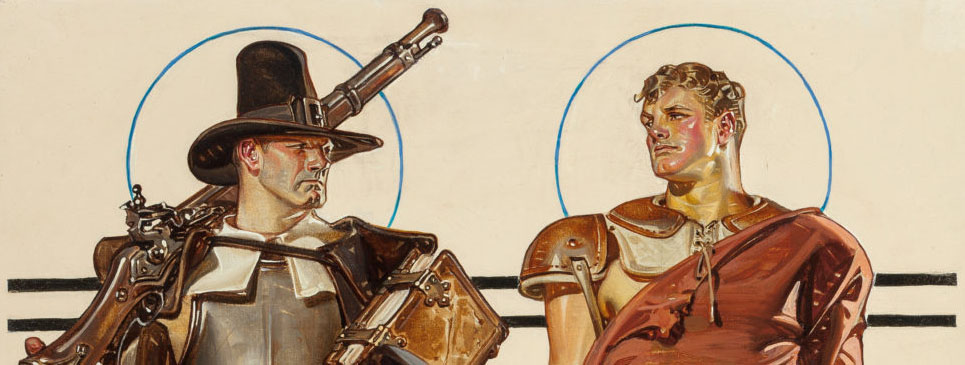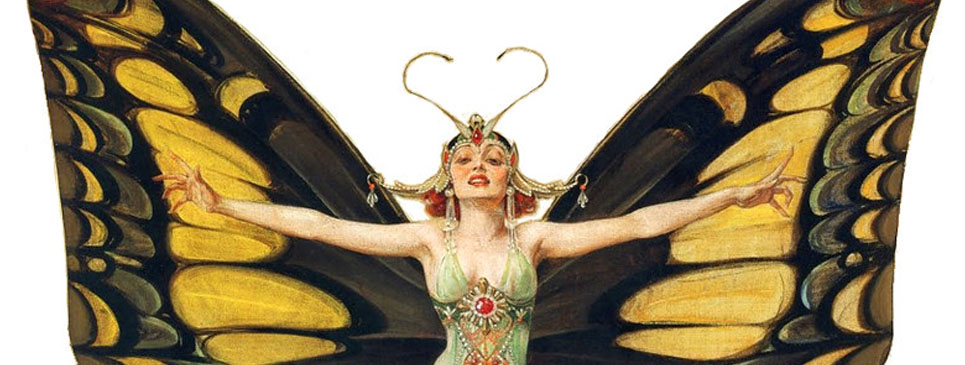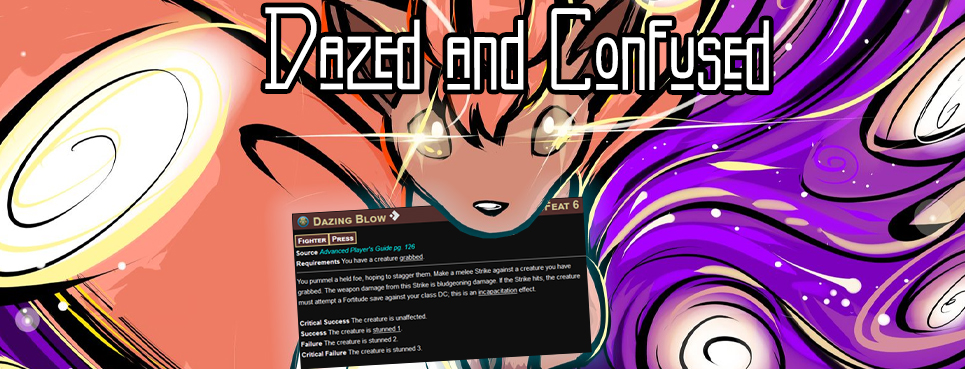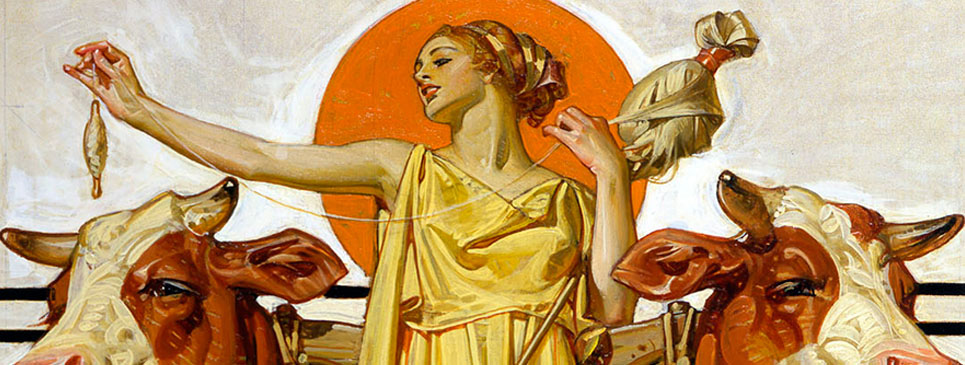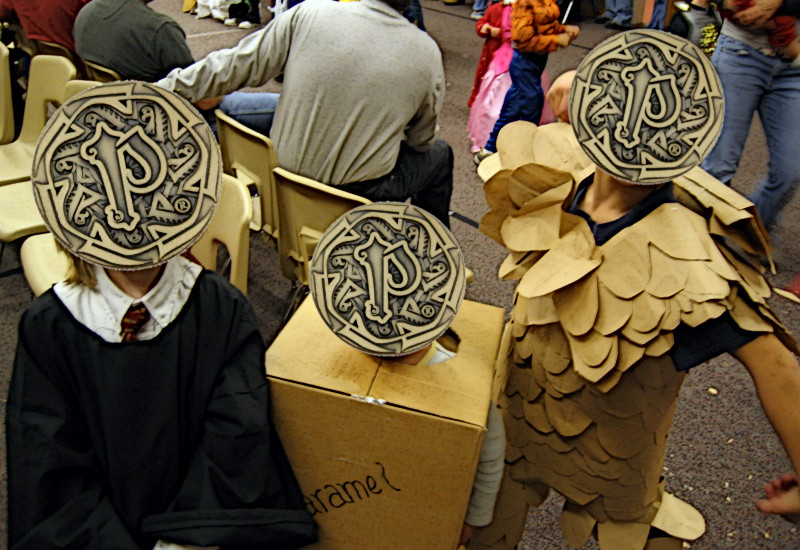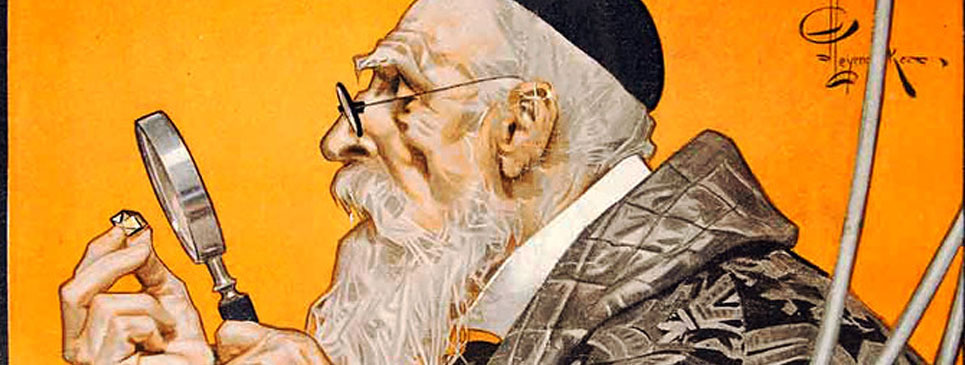Welcome back to Phantasmal Killer, a blog delving into weird and fun game mechanics and how you can take advantage of them to bring new ideas to life at your tabletop. In each article I look at using a game system in unexpected ways to create unique or bizarre characters to pummel your players.
As a busy gamemaster in a time of global crisis, you have a lot to juggle. You’ve got a job and a dog and band of fourth-level murder-hobos stuck in a dungeon and they’re getting real sick of battling albino elves and mushroom-folk. Maybe you could come up with something really out-there and fun, but who has the time to build a bunch of new statblocks from scratch?!
You do, madam. With cheating!
RPGs are a medium of imagination and description; like poetry you can keep the structure but change the words you use to get an entirely different result. Filing off the serial numbers refers to taking a pre-existing rules element and changing how you describe it. You might describe a throwing knife as a boomerang or describe a scorching blast spell as a gout of boiling water, for example. For gamemasters, you can get a lot of mileage by looking through your manual of beasts or the canned adventures, picking out statblocks that will challenge your players, and describing them as something wholly new. You can keep the description fairly close to the original statblock—setting up your kobolds in the swamp and calling them Gator Kin—or get a little out there, describing your two-headed giant as conjoined twin barbarians affected by an enlargement spell.
You can stretch your design legs a little and change around creature types, damage types, and other minor rules elements to help increase a statblock’s utility. You might scrub a firey salamander and re-define them as a brutal, humanoid porcupine warrior leading a band of mutated beast-folk. Her fiery aura becomes a deadly coat of quills, her type switches to humanoid, and her weakness to cold is swapped for a weakness to electricity to reflect her magic-fried nervous system. Now you have a bizarre warlord slavering to hold the city’s mage guild accountable for their crime against nature. Most importantly, your heroes have no idea what to expect!
There are a few important elements to keep in mind if you’re going to file off the serial numbers:
Prep Some Keywords: Gamemastering is stressful work and it’s easy for your brain to fall into old habits when trying to track initiative, positions, mysteries, and damage bonuses. Do yourself a favor before your sessions starts and brainstorm not only their new identity but words you can use to describe them and their abilities. Keep this list handy and reference it in encounters so you don’t need to wrack your brain under stress. If you use a black dragon to represent a “scrap dragon” ruling a massive junkyard, jot down notes like “rusty talons,” “shrapnel breath,” “the stench of rot,” “clattering plastic scales,” and “screeching iron joints.” Even if you don’t use this terms directly, they’ll keep the right image in your mind as you describe the enemy to your players.
Keep Your Statblocks On-Hand: When you’re using a different name for everything in you new encounter, it can get confusing to keep track of what original statblock you’ve assigned to which role. Keep track of who’s who by tagging your physical book with post-it note bookmarks labeled with their new identity, or printing out your digital copies and write in the new name and description. You can use these same bookmarks or printouts to list your relevant keywords.
Sell the Illusion: Your players know what a kobold or a bandit leader is, but your re-labeled statblocks can be anything familiar or alien. A young dragon statblock may represent a kobold spell-queen or an Tarrebean exo-hunter (whatever that is). You are your players link to this reality, so it’s important to push how these new identities stand out. If you keep referring to the bugbear warlord as an erinyes, you’ll give your players the impression the leader actually is a devil and tip your own lazy hand. Find or make some reference art or an appropriate mini for your new creation to help keep their story identity clear through the encounter.
Examples: Weird Fey; Pathfinder 2e
I’m running a game for 4th-level adventures and I want to create an adventure set in a deep, sylvan forest crawling with bizarre fey and the organic warriors they’ve created to guard their faerie kingdom. But my players are too familiar with the fey already presented in the Bestiary. Time to start filing off some serial numbers to build our sidhe and their kingdom.
Sidhe (CR 6)
I want my “high fey” to be magically-incline and weird, and potent enough that one of them is a challenge for my party, so let’s take a look at CR 6 opponents form the Bestiary. Ankylosaur? Too dumb. Annis hag? Too slashy. Choral angel? Hmmmmmmm….
They’ve got innate magic, finesse attacks, and good Reflex and Will saves, plus their Harmonizing Aura can reflect them being natural commanders whose presence emboldens other fey. I could change the description of their ranged attack to be a bow, but I like the idea that their elegant voices can shatter steel and bone. But I’ll change their Weakness to Poison, their magic type to Primal, and add a few illusion spells.
Hobbes (CR 2)
The Sidhe need obsequious little warriors to carry out their wills, and I’d like it if they were sneaky as well, something I could use a slavering, high-pitched voice to describe. Let’s take a look at CR 2 opponents and find out if anything fits the bill. Zombie brutes can fight, but not much else. Leopards can fight and sneak and I could ad-lib some basic intellect for them; maybe I’ll keep them as an alternative for whatever I pick. Drow rogues fit the bill. So does the tengu sneak. But neither of them feel quirky the way I want for this adventure. But the deep gnome warrior is sneaky and fighty and can cast illusory disguise. I can have some fun with that. I’ll swap out that shield block ability for the Nimble Dodge the drow rogue uses, because I want the hobbes to be shifty little bastards.
Creatures (CR 1-4)
I need the fey forces to serve alongside a few other creature types. Boars are always fun; I can use them as-is as the fey equivalent of war dogs, or use the statblock for a sturdy little warrior humanoid… badgerfolk, maybe? I could reskin gourd leshies as vicious little attack plants. I could give them a basic fly speed and treat them like falcons; little trained pets that carry messages and attack at their master’s command. A giant stag beetle would make a respectable plant-based brute and their flight makes for a twisted surprise the players will never see coming on an “orchid titan” or whatever I call it.
The Winter Queen (CR 8)
The sidhe need a leader to serve as the main boss for my adventure, and I’d like it if she was a combat beatstick that the heroes also had a chance to negotiate with. There are some great challenges are CR 8—axiomites, lamia matriarchs, Erinyes—but I like the promise of the sphinx. They’re smart, charismatic, and way stronger than you would expect a refined fey queen to be, plus that Warding Glyph ability can set up some fun puzzle encounters as my heroes try to collect macguffins she’s hidden away. I can re-paint the claw rakes into a refined rapier dance and her pounce as an invisibly-fast dashing charge. I’ll consider adding a few illusion spells to play up her fey nature, but these will probably only be used narratively rather than in a fight.
That gives me a nice collection of new threats to wield against my players. I’ll round out the adventure with a few as-is statblocks as well and pick out a few maps and then I think I’m ready to go!

